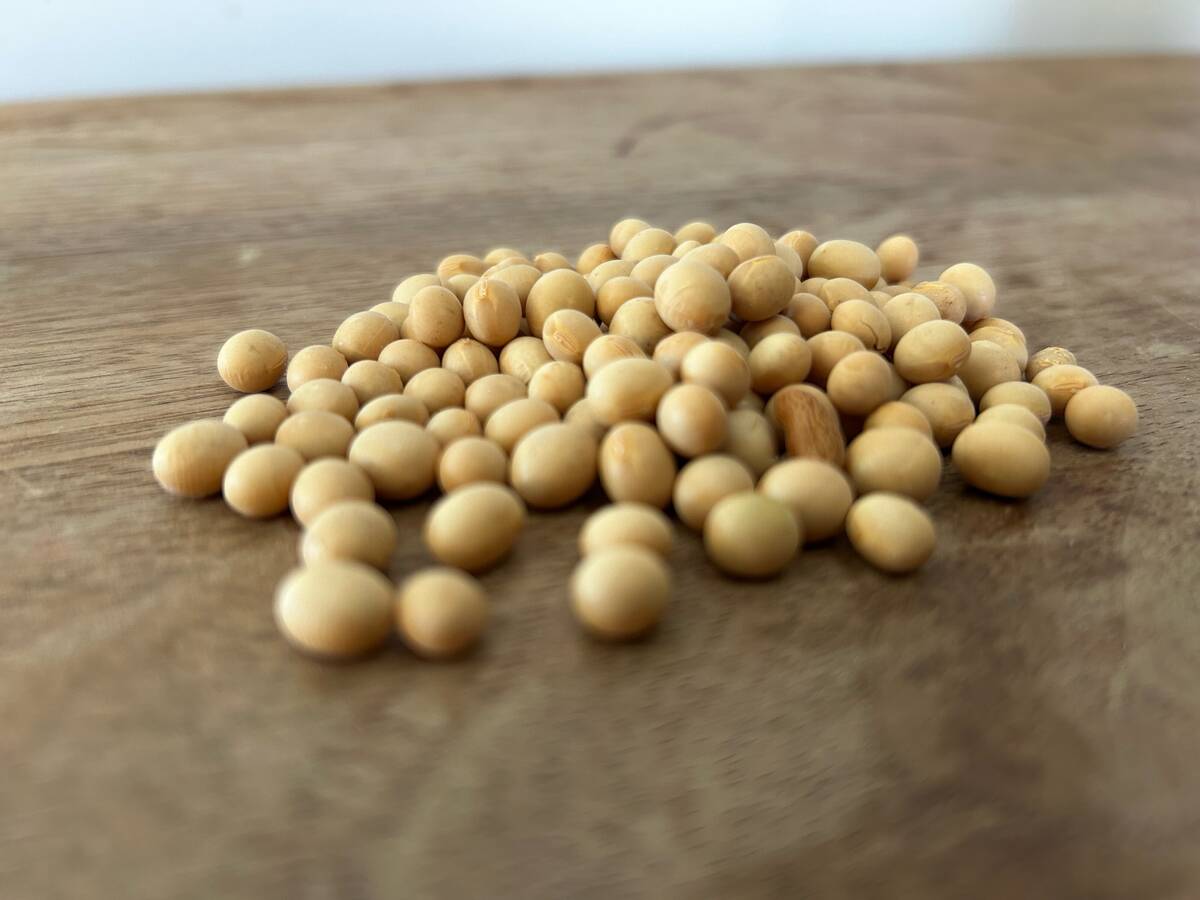Farmers and other commodity shippers forced to rely on Canada’s two national railways are worried about the flood of potash soon to be pouring through the system.
And if crop production keeps growing in volume and the commodity boom continues, will farmers and others find they can’t get their products to market, no matter how much customers want them?
That was a concern raised at the Canada Grains Council’s annual meeting in Winnipeg April 16.
“What happens when we recover from the recession and we are no longer at 80 percent of our volume and we have $15 billion of new investment going into potash mines in Saskatchewan,” asked Roger Larson, the president of the Canadian Fertilizer Institute, in a presentation. Other fertilizer manufacturing is being expanded too with almost all aimed at the export market.
Read Also

U.S. grains: soybeans firm ahead of USDA data
Chicago soybeans ticked up slightly on Wednesday as traders adjusted positions ahead of the release of official U.S. data on global supply and demand on Friday, the first update in weeks, but prices were capped by a lack of large Chinese purchases.
“This means new volumes, all of it exported, how do we get rail infrastructure and our transportation systems to match what we’re putting into the ground…. We need commitments to improvements.”
Inland terminals association manager Kevin Hursh also raised the potash spectre.
CP Rail agricultural products marketing vice-president Stephen Whitney said there need not be a tradeoff between crop and fertilizer shipping. He said the railways could handle the increased traffic.
“We’re well ahead of the curve and we intend to stay ahead of the curve,” said Whitney.
“These are long lead-time projects. We have years in advance on this capacity coming on stream, and therefore long lead-times to build up.”
Whitney said his railway had moved to 170 car potash trains from 142 in recent years, something that was part of the system-wide increase in efficiency that is occurring even without adding new rail lines.
“It’s capacity in terms of train slots that created for the potash without consuming additional slots in the railway,” said Whitney.
“There are long-train strategies, through different outlet options and through continued investment in terms of corridor investment.”
Farmers and other commodity shippers have often complained about railway service and many have described the prairies’ two-railway system as a “duopoly,” in which neither company has to compete hard to get business.
Larson expressed pessimism about government attempts to create a system of shipper-railway service agreements, and he described the situation as caught in a logjam of uncompromising positions.
“The panel has boiled down into a laying out of positions and no-go points where one side will not continue a discussion any further on a particular subject matter and therefore it gets them off the table,” he said.
“I think there’s a real possibility of a hollow report.”
Larson, Whitney and other industry and farmer representatives said during the meeting they hoped to see commercial agreements and collaboration to create an efficient system.
Canada Grains Council chair Jean Marc Ruest said commercial collaboration is the best way to ensure the rail system operates best.
Whitney said he believed a collaborative approach in which all the various players in the system work together would have the best results.
But Larson said he is unconvinced that a voluntary, non-regulated approach will work with the railways.
“Has there been any progress? It’s questionable whether anything of substance has been achieved,” he said.















